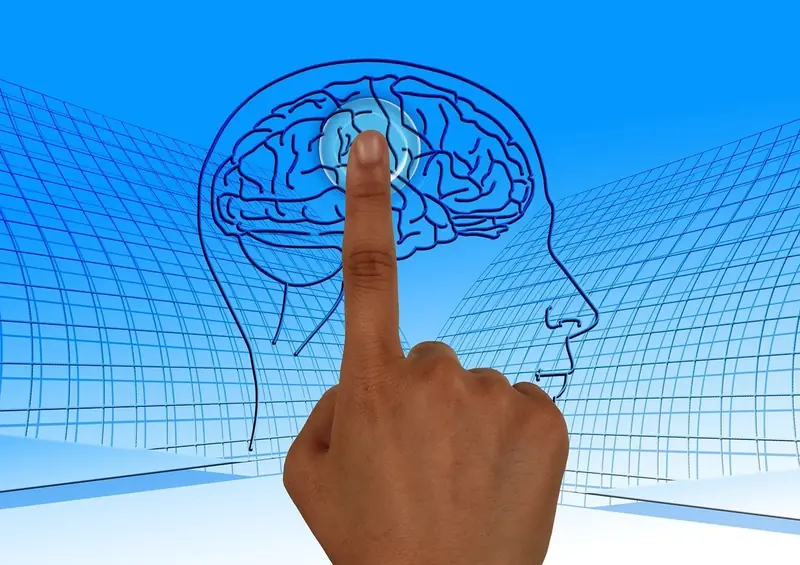
Research into curiosity is incredibly important. This trait is an inseparable part of human existence, driving us to learn and adapt to new conditions. But where does it originate?
How the Research Was Conducted
To unravel this mystery, a university team employed functional magnetic resonance imaging (fMRI). This technology allowed scientists to measure oxygen levels in different parts of the brain, enabling them to determine how active each area was.
“For the first time, we were able to link the subjective feeling of curiosity about information with how our brain represents that information,” said neuroscientist Jacqueline Gottlieb, the lead author of the study.
During the experiments, researchers showed 32 volunteers so-called textiforms—images in which familiar objects and animals (like hats or frogs) were distorted to varying degrees. As participants identified the objects in each textiform, they were asked to rate their confidence and curiosity.
The researchers then compared these ratings with the results from the fMRI scans. The team found significant activity in three areas of the brain: the occipitotemporal cortex (associated with vision and object recognition), the ventromedial prefrontal cortex (vmPFC), which governs the perception of value and confidence, and the anterior cingulate cortex (used for gathering information).
According to the scientists, the vmPFC likely serves as a kind of neurological bridge between the confidence levels recorded by the occipitotemporal cortex and the subjective feelings of curiosity—acting almost like a trigger that tells us when to be curious. The less confident the volunteers felt about the depicted object, the more curiosity they exhibited, as reported by Science Alert.
“These results demonstrated how perceptual input is transformed into sequential neural representations, ultimately leading to feelings of curiosity,” the researchers wrote in their report.
Why This Matters
Understanding where curiosity comes from will help scientists better comprehend how humans function and potentially inspire them to develop treatments for conditions where curiosity is often absent.
In addition to its potential therapeutic value, researchers also want to explore the possible applications of these findings to other types of curiosity that extend beyond object recognition. For instance, curiosity about trivia and facts or social curiosity regarding the actions of others.
The team finds this research incredibly exciting, as curiosity is a fundamental aspect of human existence and a key to our survival as a species. Without it, we struggle to learn and absorb new information.
The study’s findings were published in the Journal of Neuroscience.

